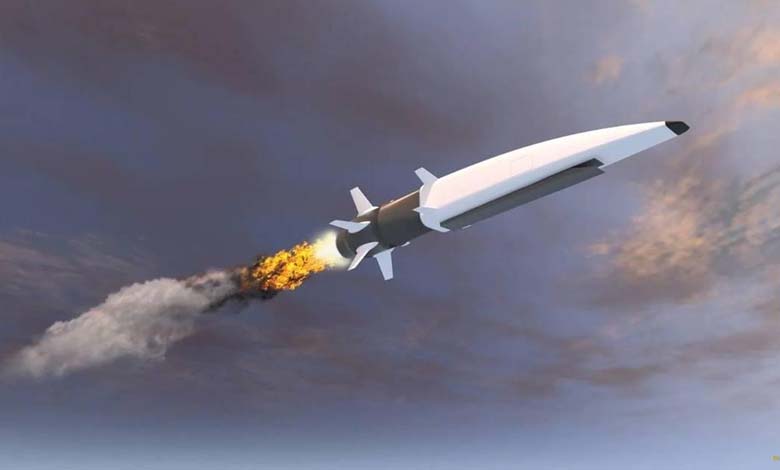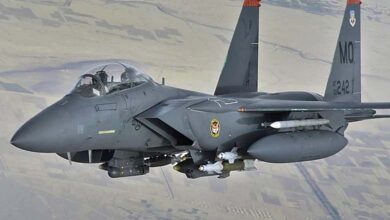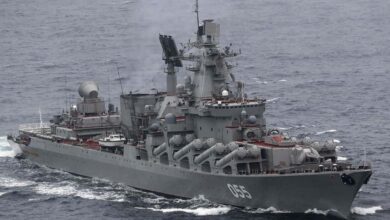During military drills: the Tsirkon missile appears on the Russian stage

A new hypersonic missile has surfaced in Russia’s arsenal during the “Zapad” exercises.
On Sunday, the Russian Defense Ministry announced that the frigate Admiral Golovko of the Northern Fleet had destroyed a simulated enemy naval target in the Barents Sea with a hypersonic “Tsirkon” missile during the “Zapad-2025” drills. The ministry said the frigate’s crew conducted an operational launch against a maritime target and that objective control data received in real time indicated the target was destroyed by a direct hit.
-
Russian Advance in Donetsk: The Battlefield Outpaces Diplomacy in Ukraine
-
Unexpected Russian Interpretation of Missile Deployment Agreement… A Frightening Outcome
The statement added that the “Zapad-2025” exercises include testing coastal site defenses and Northern Fleet garrisons, command and control of various force formations in their areas of responsibility, and the integrated use of high-precision weapons and modern, advanced military systems and technologies.
The Russia-Belarus maneuvers are being held in Belarus from 12 to 16 September and are publicly presented as a test of the two countries’ ability to ensure the military security of the union state and their readiness to repel any potential aggression. Russian and Belarusian officials have repeatedly insisted the drills are planned and pose no threat to third countries.
-
Germany and Russian Visas: Security Loophole or Fragile Diplomatic Thread?
-
Due to Western sanctions: Russian passenger plane crashes, all passengers feared dead
Kremlin spokesman Dmitry Peskov told reporters on the eve of the exercises that “these are planned drills, not directed against anyone… we are talking about continued military cooperation and practising interaction between two strategic allies.” Earlier, the Belarusian defense minister said “Zapad-2025” would include exercises on planning for the use of nuclear weapons as well as testing the “Oreshnik” system, according to the BelTA agency.
The “Tsirkon” missile is touted as Russia’s first weapon with genuine hypersonic capability, exceeding the speeds of conventional supersonic missiles. It is intended to strike adversary naval vessels of various classes — from frigates to aircraft carriers — and, authorities claim, possesses characteristics that make its detection and interception extremely difficult.
-
Chaos at Russian Airports and Sleepless Nights in Ukraine… Peace Remains Elusive
-
Ukraine’s Patriot and Russian Sanctions: A Decisive U.S. Move or a Trial of Frontlines?
Officially cited performance figures place Tsirkon’s speed at around nine times the speed of sound (Mach 9) with an operational range of about 1,000 kilometres. The missile can be launched from air, land and sea platforms — including ships and submarines — and is reportedly configurable with different types of warheads, including conventional and, in theory, nuclear payloads.
-
Broadcasting the Apocalypse Signal: Mysterious Messages Hint at a Russian Superweapon
-
Ukrainian Accusations Against China for Supplying Russian Arms Factories… Beijing Responds Sharply
-
Russian Invisibility Cloaks: Optical Illusion or Deadly Trap?
-
Putin Invites Arab Leaders to Participate in the First Russian-Arab Summit in October












